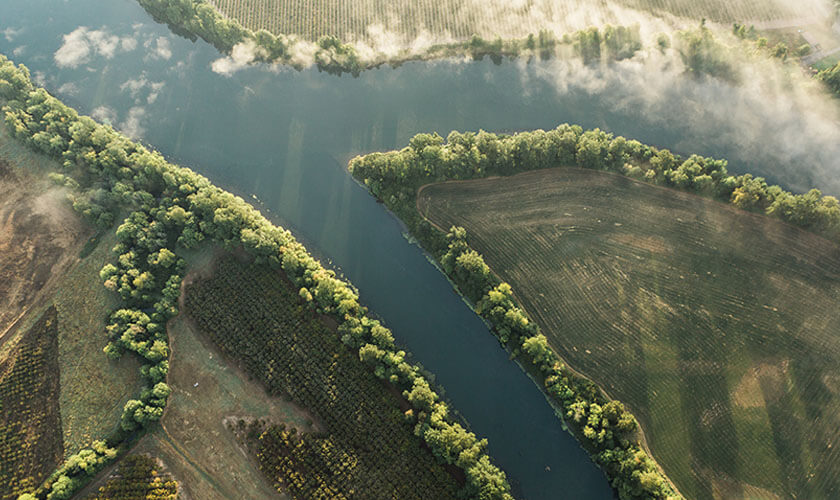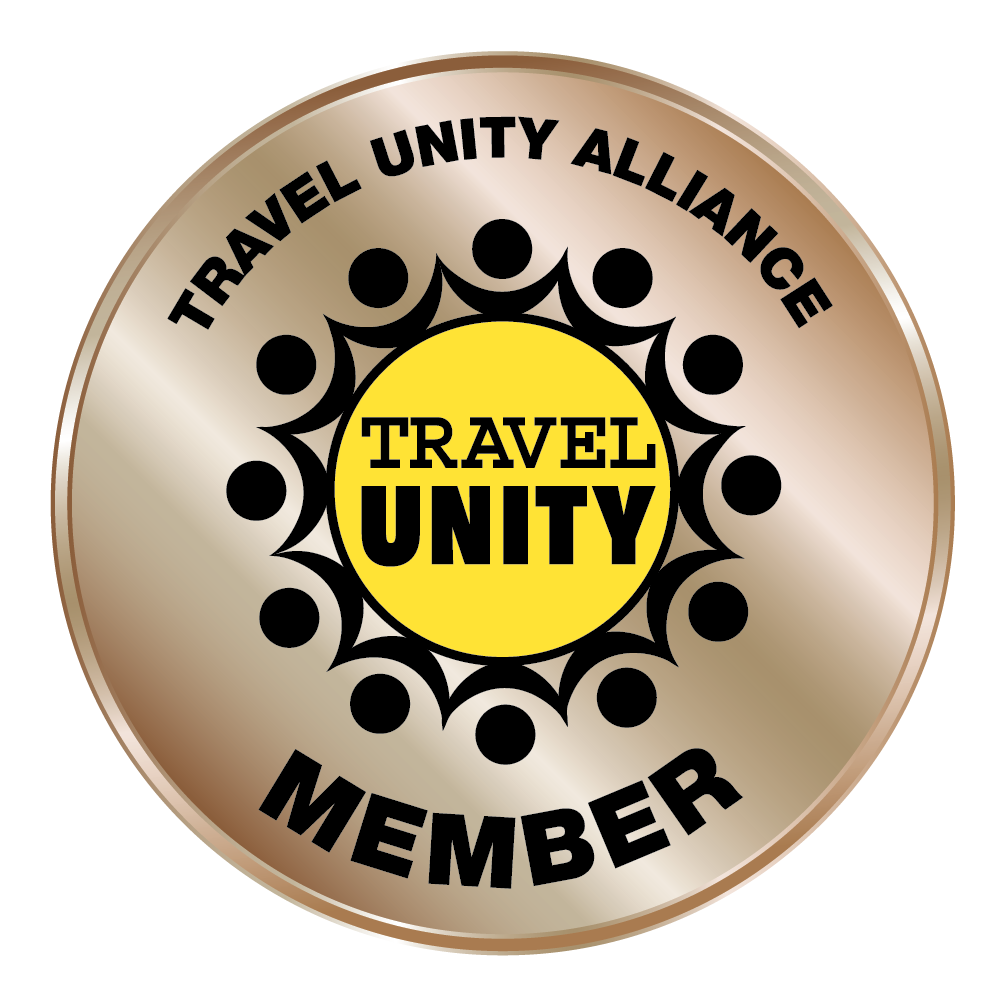About the Willamette River

It's not an exaggeration to say that without the Willamette River, the valley that shares its name would look far different today. It was the river's fertile farmlands and floodplains, after all, that made it such an appealing home for generations of Native Americans and Oregon Trail emigrants. And easy river access has long made it possible to travel around Eugene, Corvallis, Albany, and Salem-all cities through which the Willamette River flows today.
The Willamette River isn't the shipping channel it once was-but crops grown in the surrounding valley continue to reach consumers around the world today. And, not for nothing, but the river is a vibrant source of recreation for countless locals and visitors all year long.
Fed by mountain tributaries south of Eugene, the Willamette River flows northward for nearly 200 miles before emptying into the Columbia River near Portland. Along the way, it passes through cities large and small, boasts dramatic wildlife viewing opportunities, offers all manner of outdoor recreation, and showcases the natural beauty of the iconic Willamette Valley.
And you can see it all along the Willamette Water Trail, which covers 187 miles of wonder along the mainstem Willamette River, as well as the Coast Fork Willamette, Middle Fork Willamette, and the McKenzie rivers.
So what is the Willamette Water Trail, anyway? Think of it as, well, a hiking trail - but on water. Instead of walking all those miles, you can paddle or float as much or as little of the Willamette River as you'd like; in-town landings and roughly 50 riverside campsites make it easy to plan a leisurely afternoon on the water or a fascinating multi-day adventure - whatever sounds fun and doable.




















